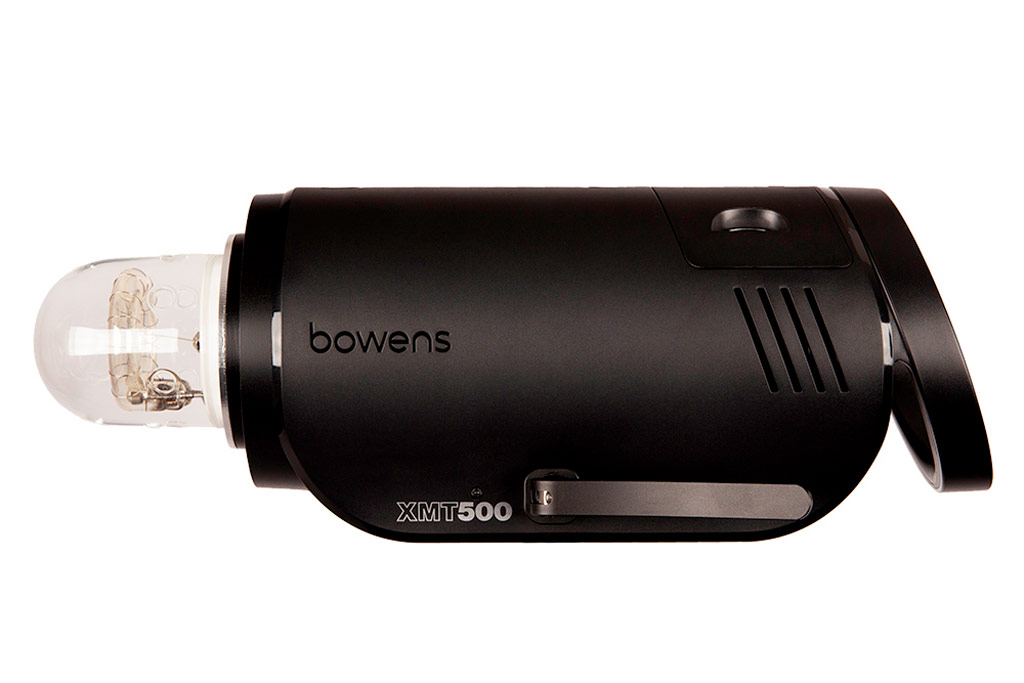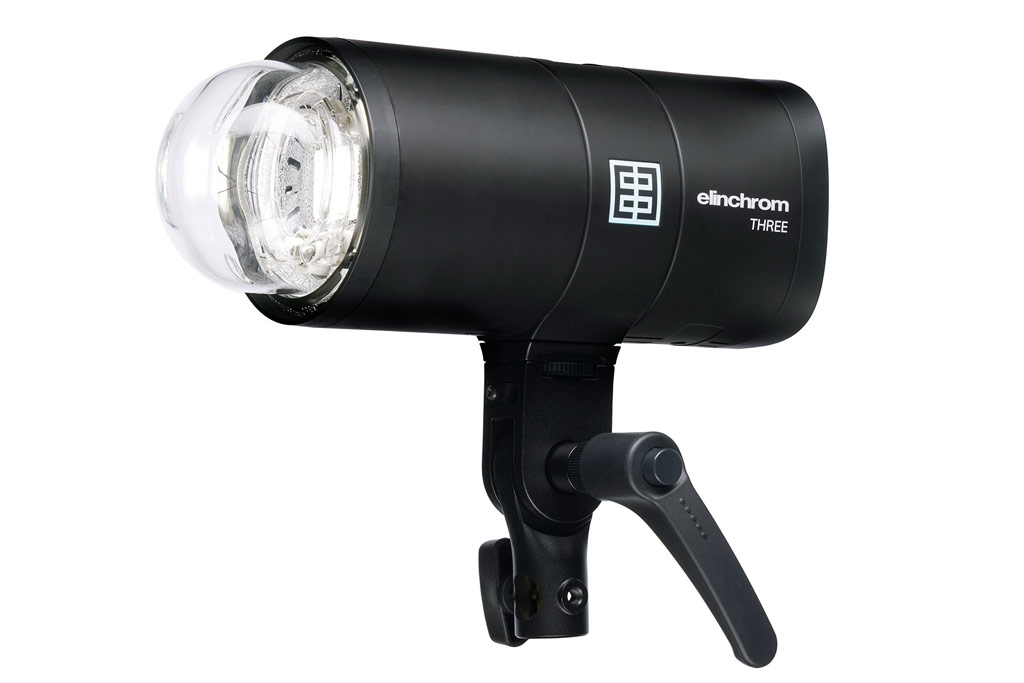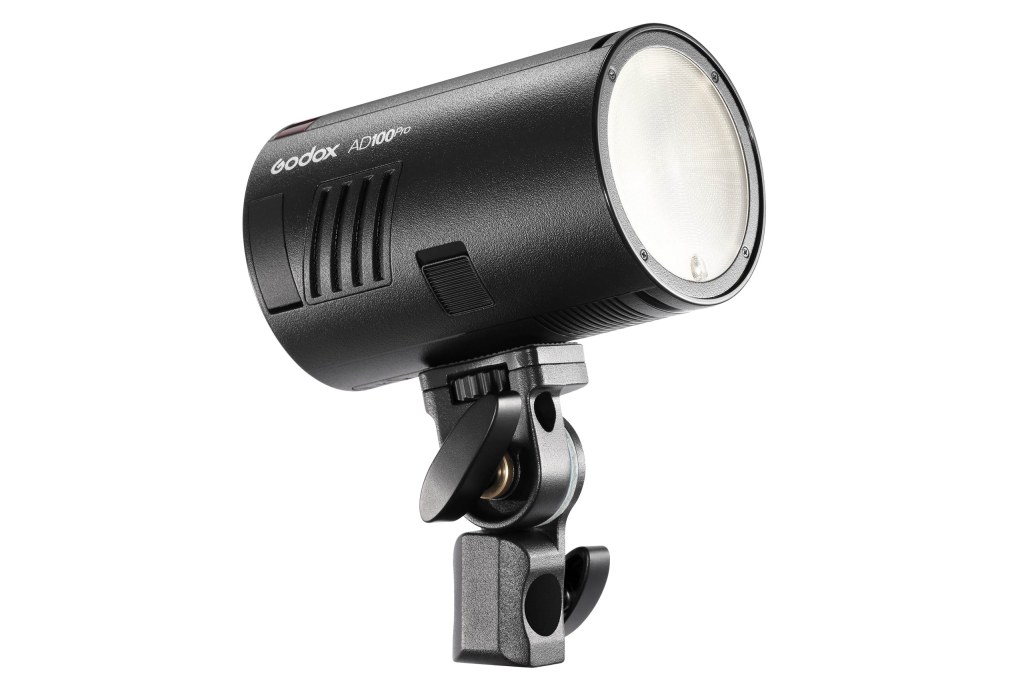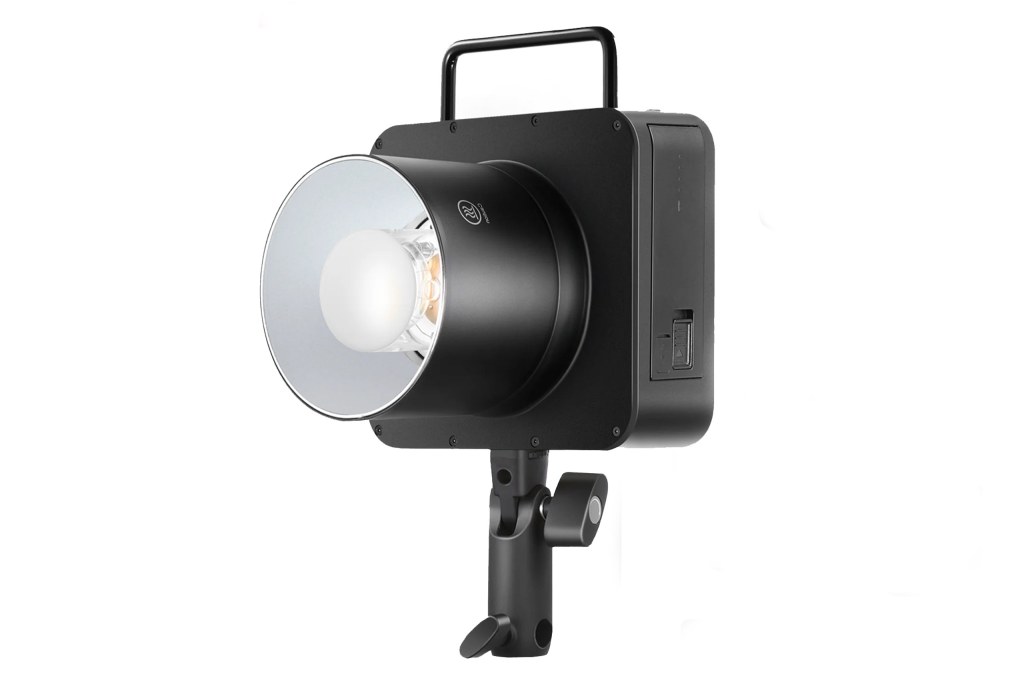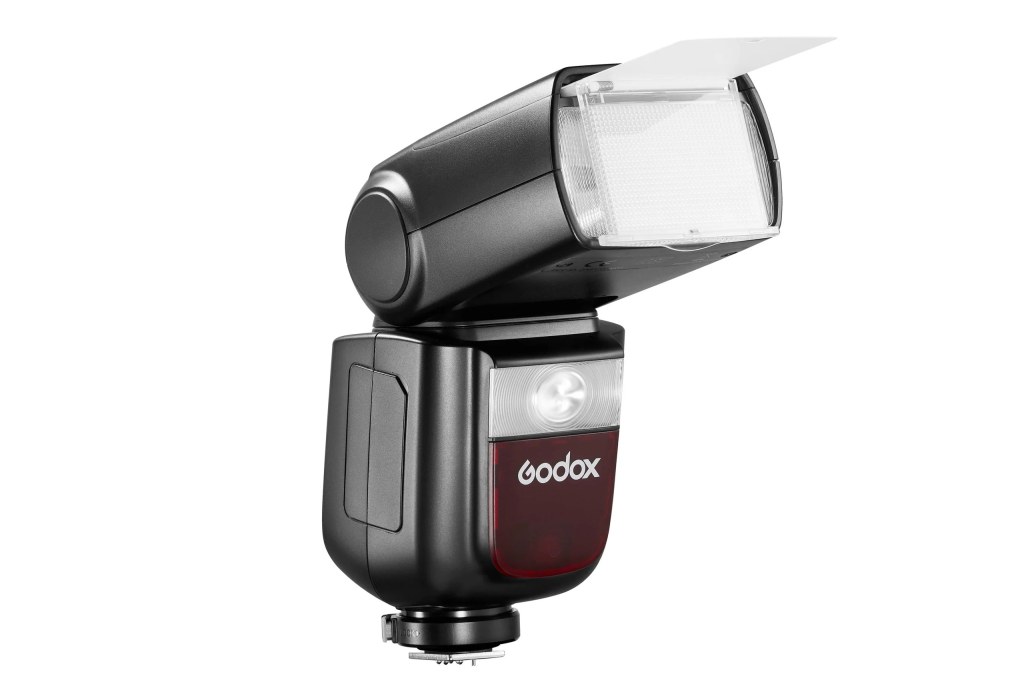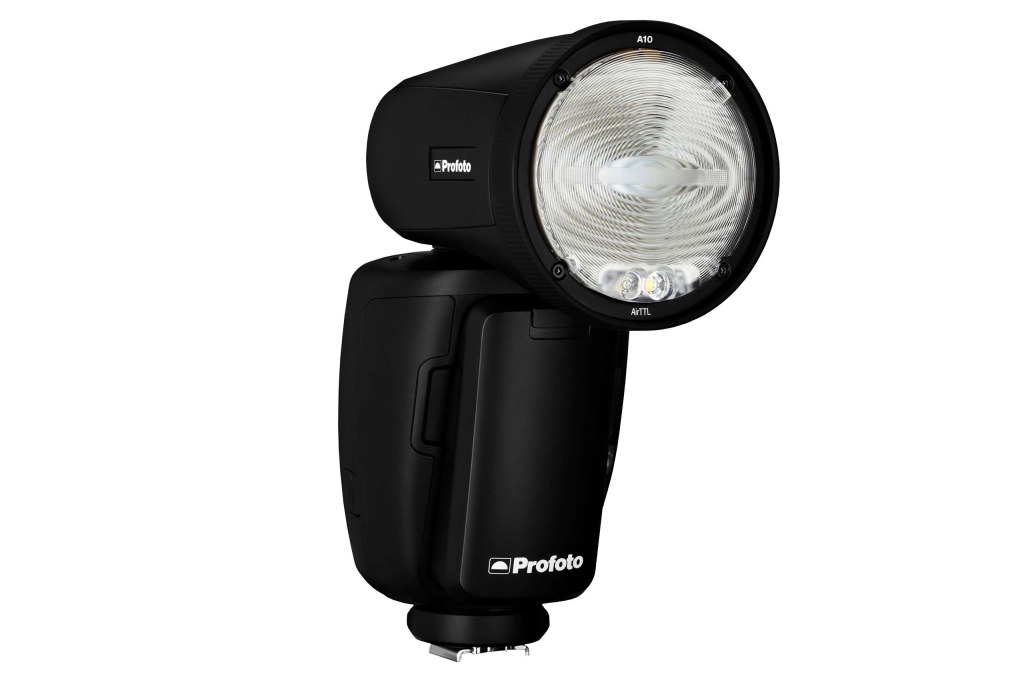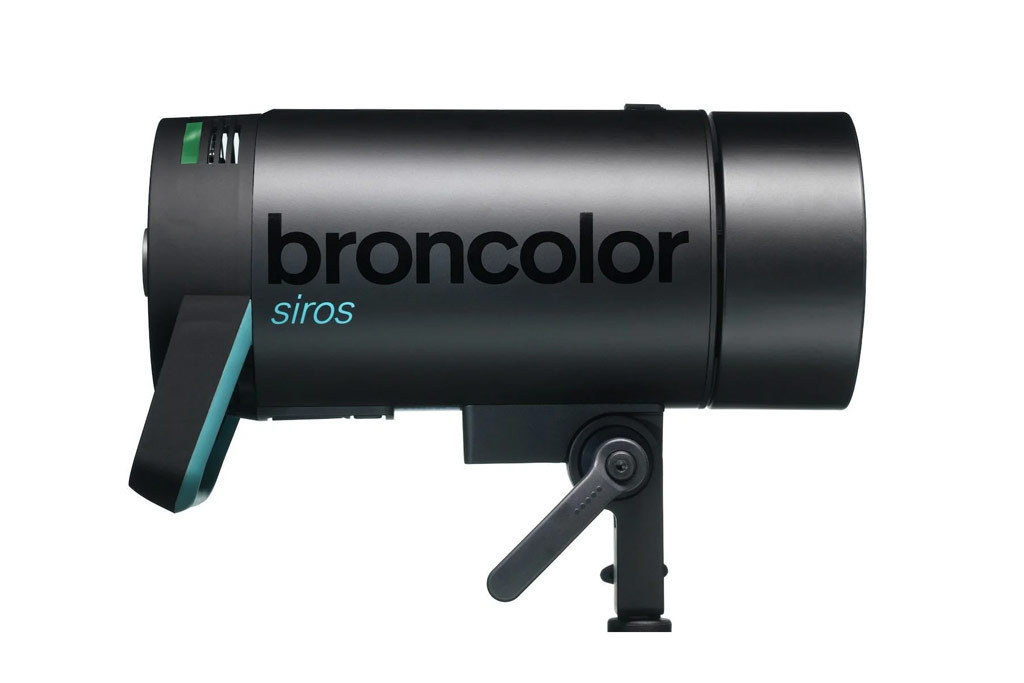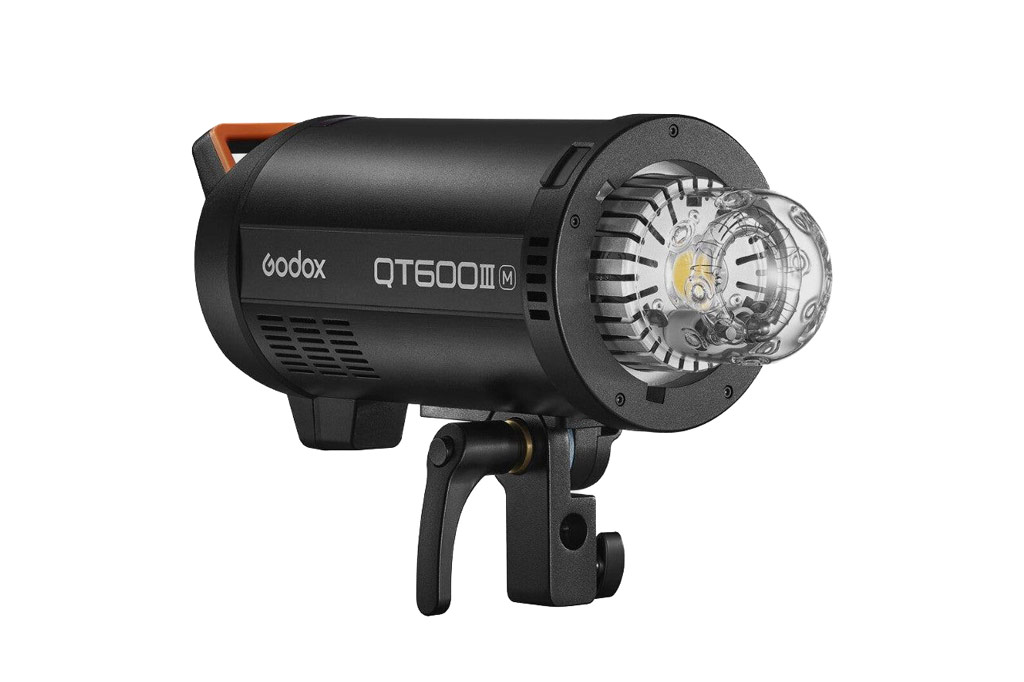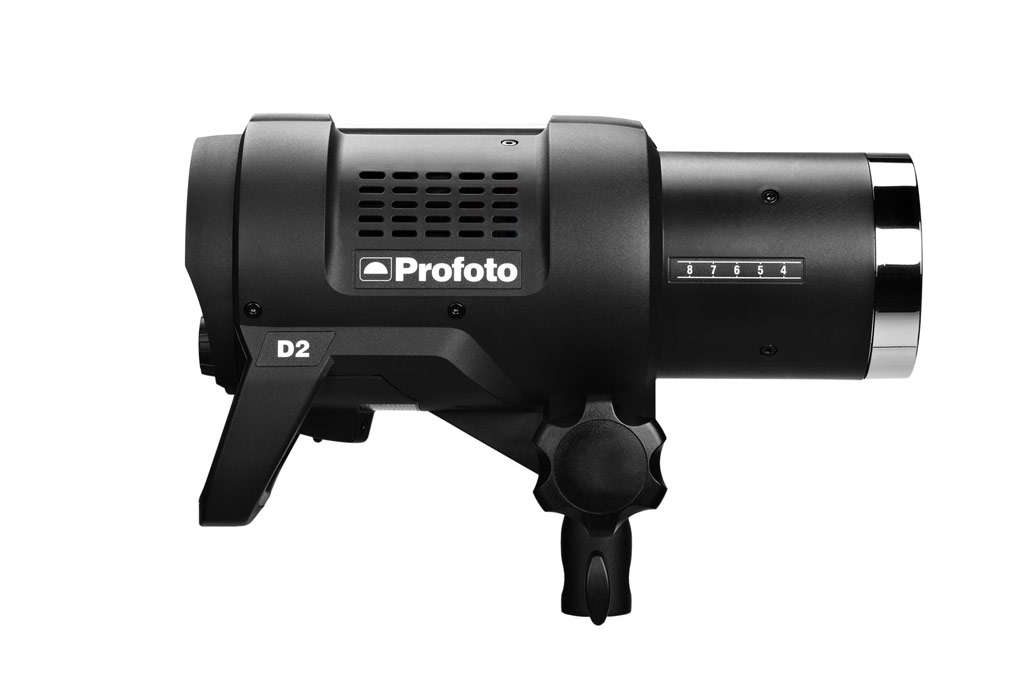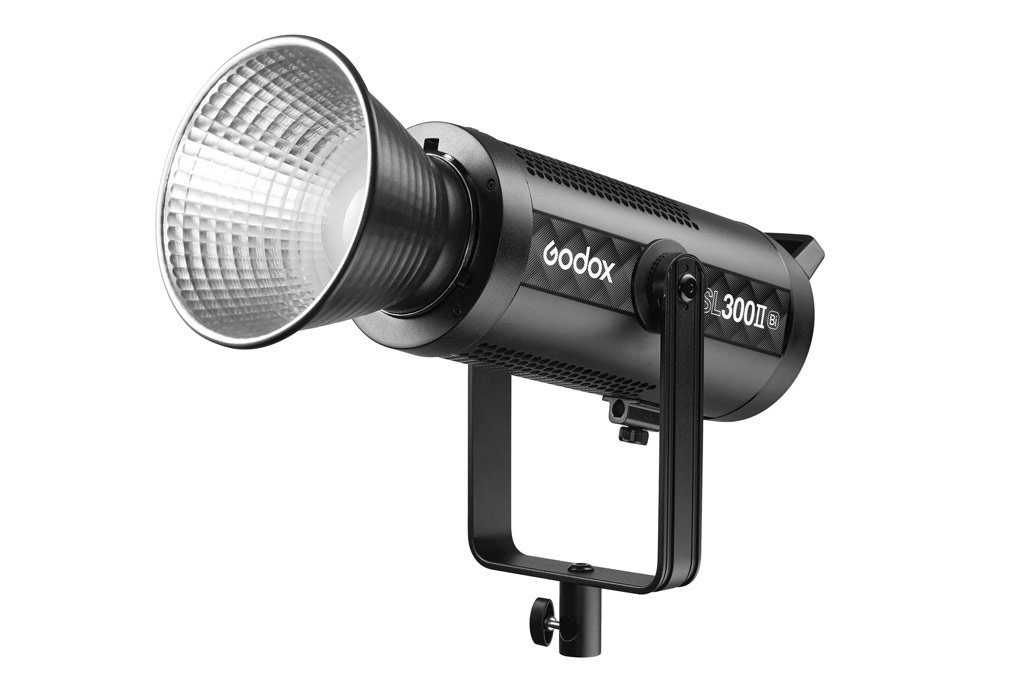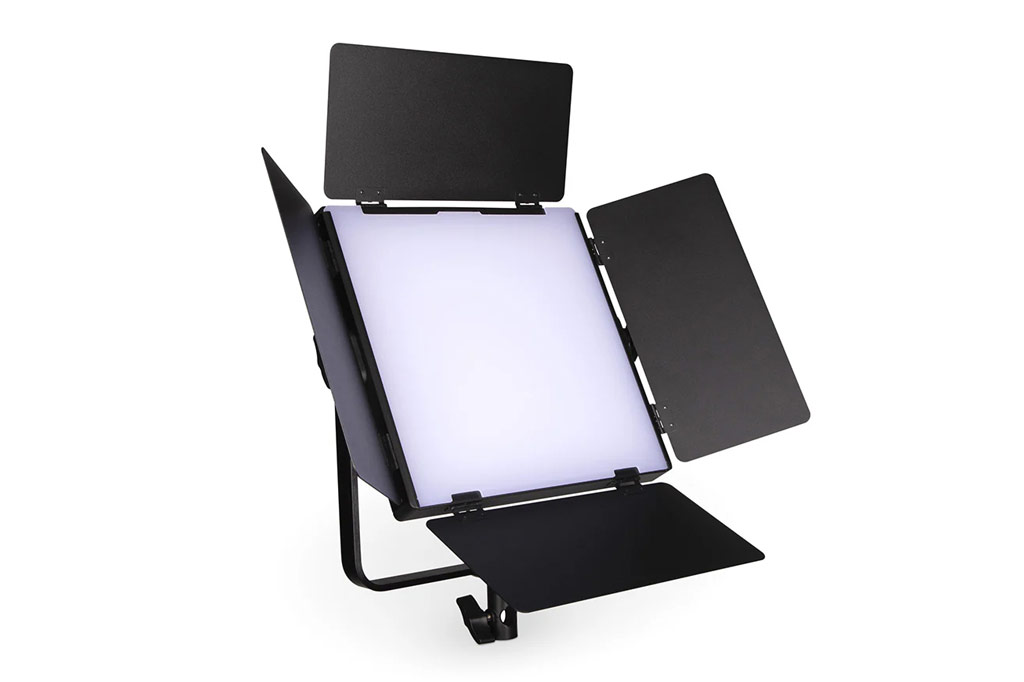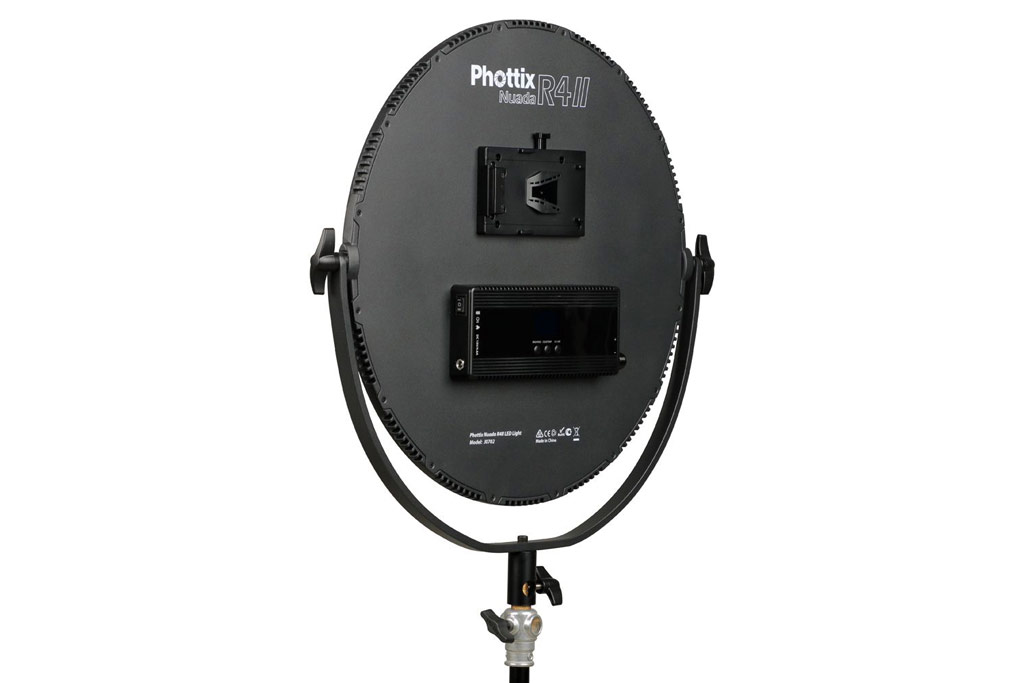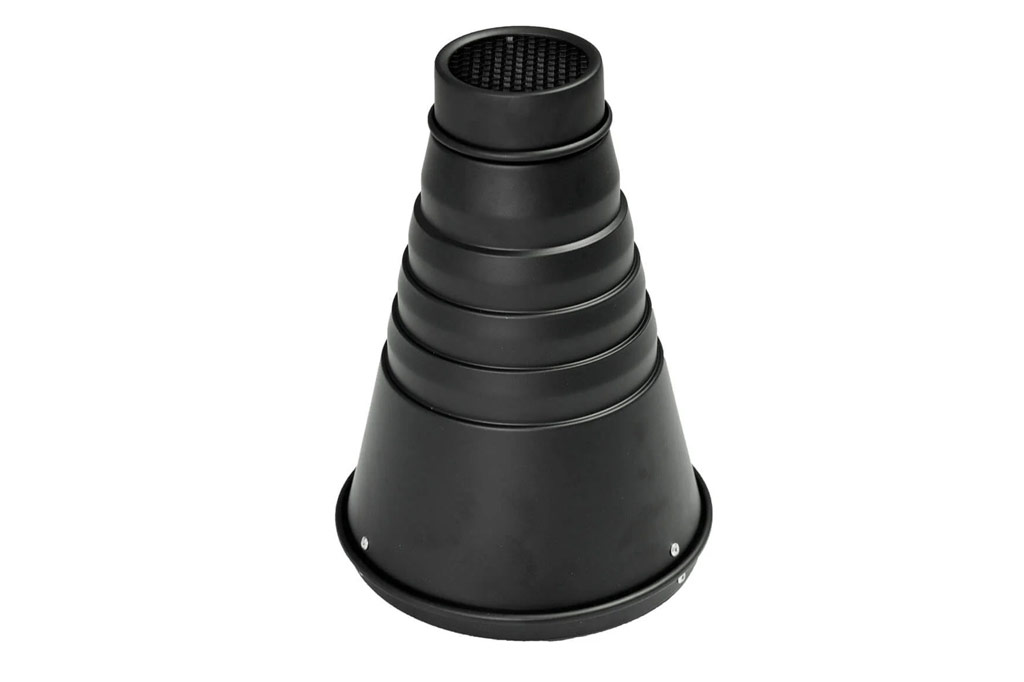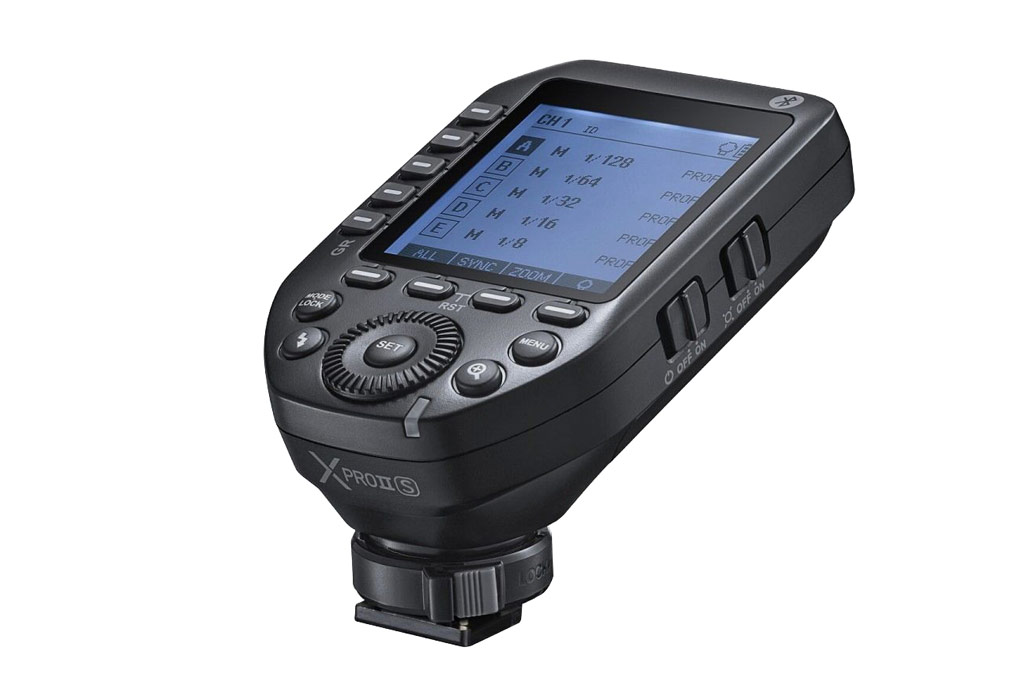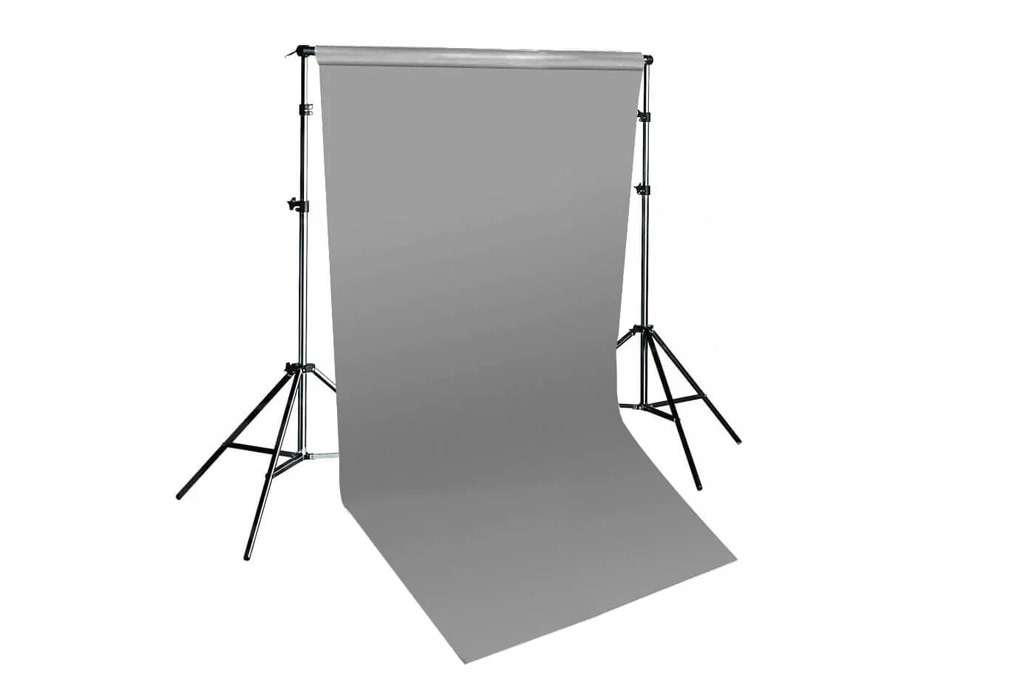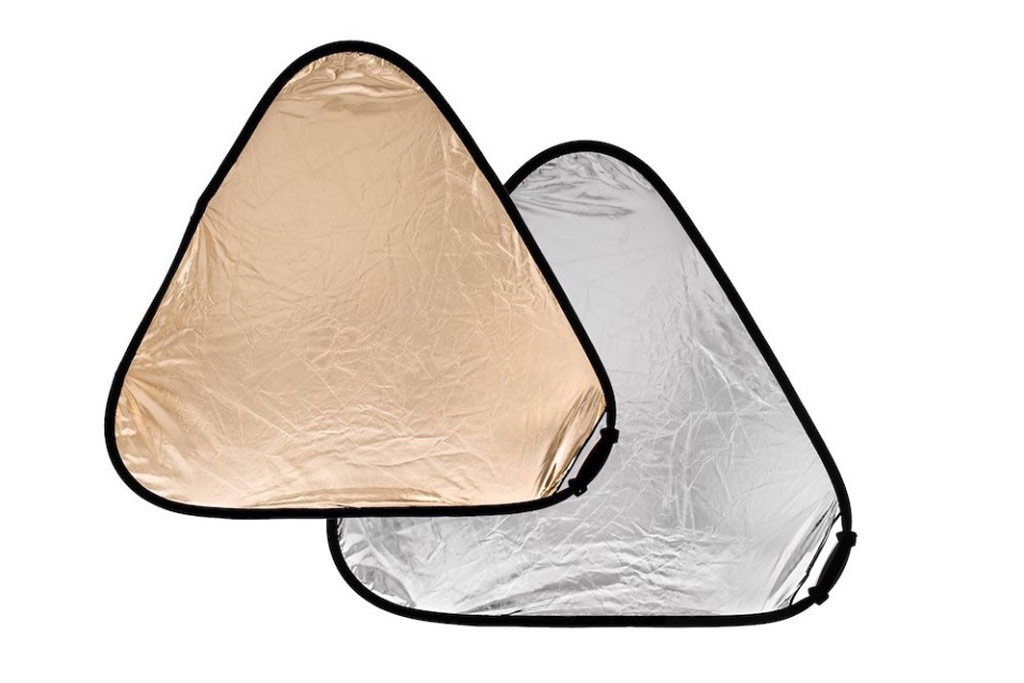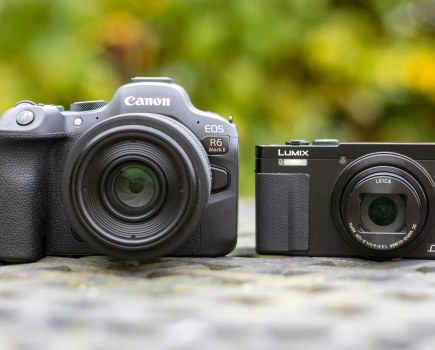It’s simple: no light means no photography, so without it we might as well chuck our cameras away. Our nearest star, the sun, just happens to be a wonderfully powerful, reliable and consistent light source and perfect for photography – and the right distance for life itself! Well, it’s reliable until it clouds over and consistent until it sets for the day. It also has the annoying habit of taking it easy in the winter (to us in the northern hemisphere!) and its indoor performance really leaves a lot to be desired.
The truth is, as photographers and video makers, the sun needs support in the lighting department, and there’s plenty of help on hand.
Take your pick
We are blessed with the options when it comes to continuous and flash lighting. The boom in video has transformed the continuous lighting landscape and there have been big moves in the world of flash.
Continuous lighting used to mean short-life, over-run bulbs and lots of heat but for enthusiast photographers those days have long gone. We now have LED lights that are powerful, controllable, can produce any colour imaginable without physical filters, are economical to run and generate minimal heat. Bi-colour models let you adjust the colour temperature output to match the ambient light, while you can dial in any colour with RGB LED lighting. For video, many LED lights have special effects including lightning strikes, flickering fire and police flashing lights.
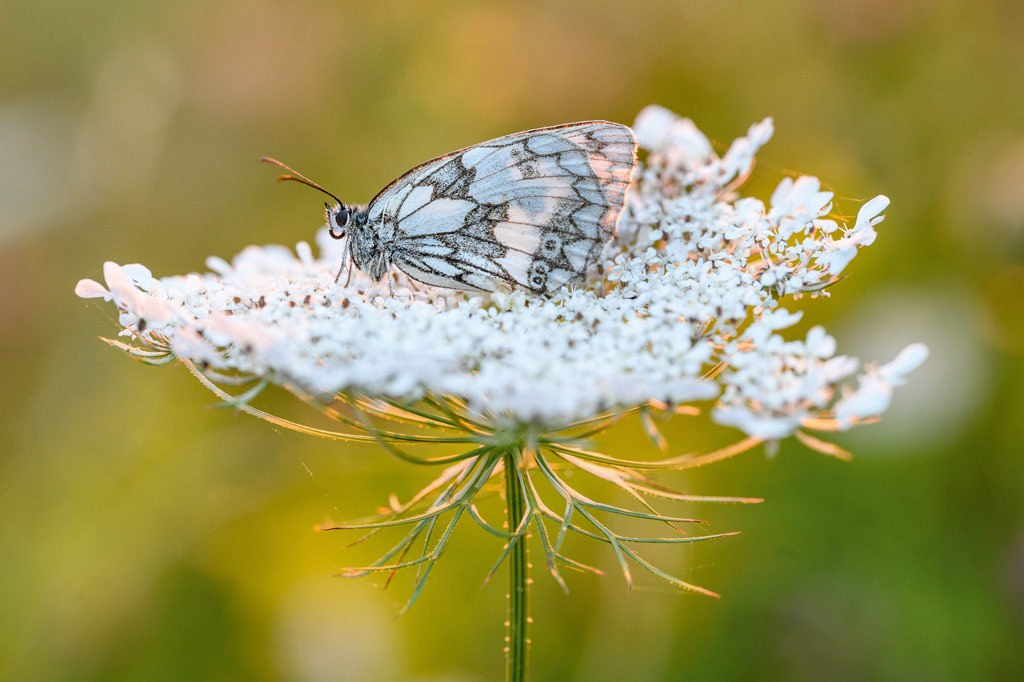
What’s more, they can be run from the mains or with rechargeable batteries, and size-wise they can be small enough to be camera-mounted for macro shots and portrait fill-in, or the units can be large enough for Hollywood-level productions.
Continuous lighting with its control and colour options, while essential for video has its place in still photography too, for portraits, interiors, table-top and more. Being able to produce any colour with an RGB LED without extra accessories is a huge benefit, but if you want a potent, action-stopping light and small apertures without ramping up the ISO, flash gets the nod.
Flash mate
The options with on- and off-camera flash are broadly the same as they have always been, but there has been serious innovation.
For shooting on the move, the on-camera speedlight is hard to beat with the convenience of TTL flash metering, the usefulness of HSS (high speed sync) in bright light and handy features such as bounce and zoom heads. Many models use a Li-ion rechargeable battery as their power source and with fast recycling and awesome capacity, they are a viable alternative to the traditional AA cells, although the latter has the advantage of easy availability.
Where on-camera flash gets interesting is when you take it off the camera. Slide a wireless trigger into the hot shoe and you have remote control and sync, and most systems let you add more speedlights that can be controlled independently or in groups. Two or three speedlights plus modifiers makes for a really portable and versatile lighting solution.
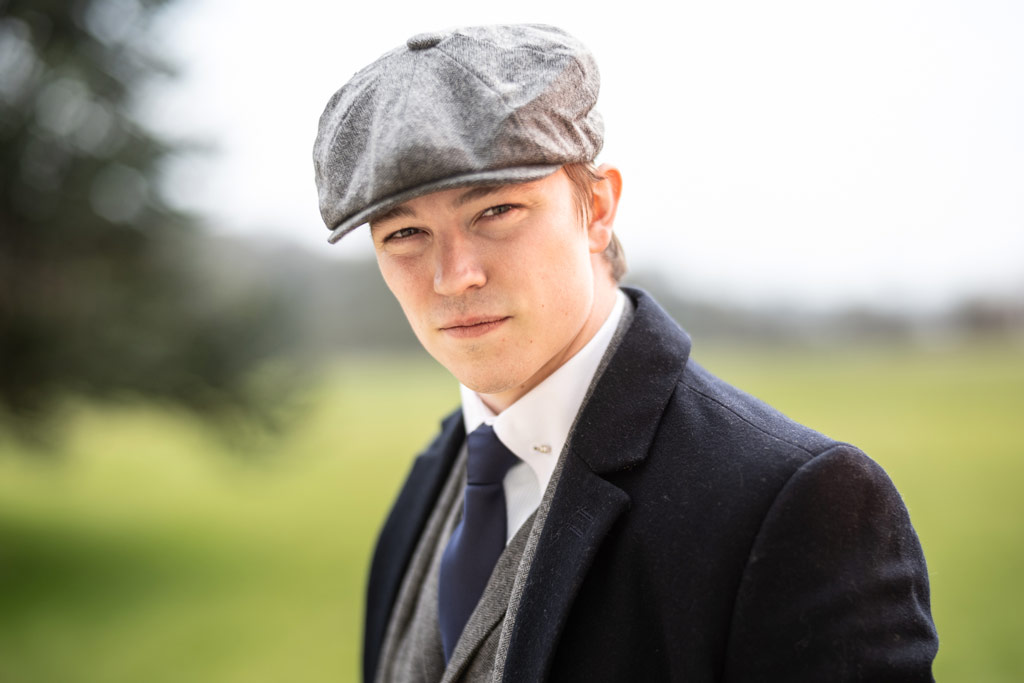
Straddling the gap between speedlight and mains-powered studio flash is the battery-powered studio flash. This flash type used to mean a bulky battery pack and cables so they were reasonably portable, but thankfully now the most compact units have an integrated battery and are the
size and weight of a fast telezoom. They are still too large to be hot-shoe mounted and need to be used on a stand, but they do have the advantage of being powerful and capable of accepting studio light modifiers while also having the user-friendly features of a speedlight – such as TTL flash, HSS and wireless control.
If your photography comprises a mix of studio and location work, a battery-powered studio flash is the perfect solution. Furthermore, many also have an LED modelling lamp so that embraces video use too.
For those who are studio-bound, the mains flash remains the staple but here again there have been developments. A few years ago, the only job of a mains flash was to deliver a burst of flash to the power level selected with proportional modelling lamps indicating the effect, but the latest models have TTL, wireless control, strobe flash and rear-curtain sync.
What light suits you
In short, there is no lack of options but you are probably wondering what you need to take your work to the next level. Much, of course, depends on what you enjoy photographing and there are subjects such as scenics and wildlife where extra lighting is less relevant. It also depends on how committed you are to developing your skills with the implications of cost and, in the case of outdoor subjects, the physical effort of toting extra kit around on a shoot.
However, there are subjects and situations that do welcome help on the lighting front, with people, macro and indoors top of the list and here artificial lighting can have a huge benefit.
For people photography, a hot-shoe mounted speedlight is ideal for filling-in heavy shadows in contrasty daylight and is a great option in fast-moving situations. This lightweight set-up also works well for subjects such as insects but if this is a big subject for you, there’s the option of the ring flash to consider. The Godox MF12 is not a ring flash as such but it allows up to six small flashes to be used on a ring mount that surrounds the lens. It’s a very neat device and a two-head kit costs around £250 plus the cost of a transmitter, from £52.
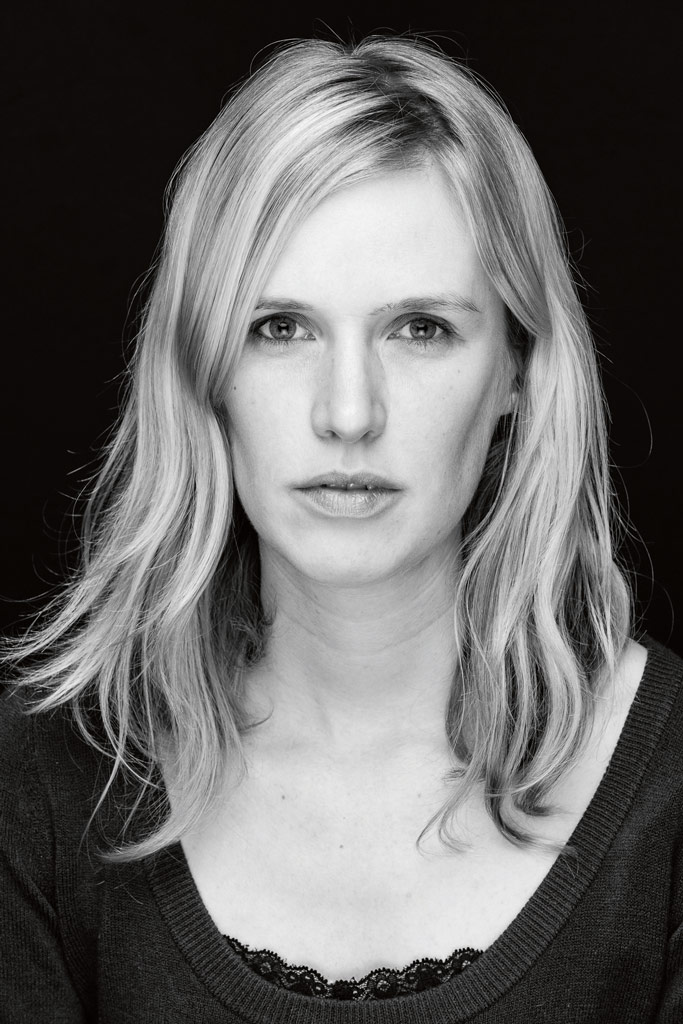
Adding a modifier of some sort will enhance the lighting effect and there is a very wide range of devices and gadgets that can do the job regardless of what you’re shooting.
The thing now with speedlights and battery studio flash is that they share many features and that includes choice of modifiers – but the latter with its greater power gives more aperture options when it’s bright. Also, if you are shooting high speed sync at 1/2000sec and faster, power drops off quickly and having more to start with is a good thing.
Essentially, there is no right or wrong, just pick kit that suits your workflow and budget. If you’re canny and invest wisely, you can have speedlights working alongside battery studio lights and mains flash with all controlled from one transmitter. If you’re shooting outdoors macro one day and portraits in the studio the next, having a single eco-system is a nice luxury. Furthermore, should you own two camera systems, buying the appropriate remotes means your lights will work with both.
Light it up
If you’re starting your lighting journey with a blank canvas, choose the kit that best fulfils your immediate needs but also give the future some thought too and where your work could be. There is a huge range of kit out there at all budget levels and for every imaginable situation. So to get you going, check out our favourite picks from the lighting market below.
BEST PORTABLE BATTERY FLASH
Bowens XMT500
The XMT500 is an impressive light boasting 500Ws output controllable over an 8-stop range in 0.3EV steps. Flash duration is as brief as 1/10,309sec and you get 500 full-power flashes from one charge. It has excellent functionality too, with fully auto TTL and HSS up to 1/8000sec with compatible Canon, Nikon and Sony cameras.
Elinchrom THREE Off Camera Flash kit
With 261Ws of power, up to 525 full flash bursts from the integrated battery and great handling with the touchscreen and intuitive menu structure, the Elinchrom THREE has all the credentials for the ideal location photography flash unit. It accepts light modifiers from Elinchrom as well as Profoto.
Godox AD100PRO
For sheer portability and value, the AD100 takes a lot of beating. It delivers 100Ws of output and the rechargeable battery gives up to 360 full bursts with recycling at around 1.5secs. TTL flash exposure and HSS are available, plus there’s a magnetic modifier mount and fitting the S2 bracket (£24) means S-mount modifiers can be used.
Neewer Q4
Its innovative design houses a host of great features including output of 400Ws adjustable from full power down to 1/256th, which gives a 1/10,989sec flash duration. A single charge gives 400 full flashes and recharging takes 3.5 hours. Add TTL flash, HSS and a 30W LED modelling lamp and the Q4 is definitely one for the shortlist.
Profoto B10X
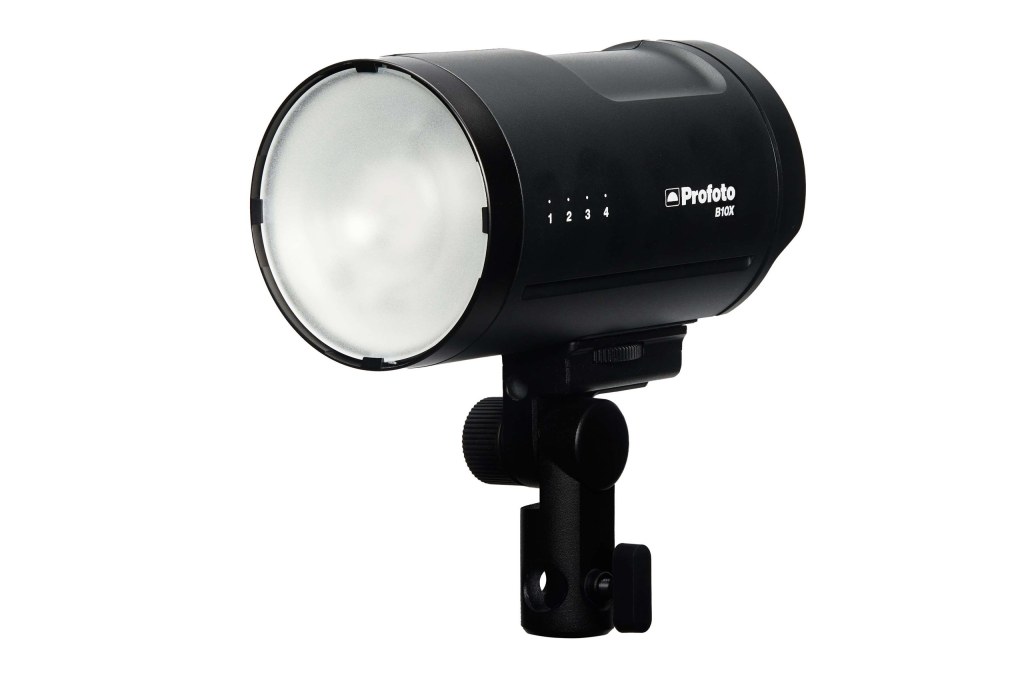
The B10X excels in its dual role. With flash, there’s 250Ws output and up to 400 full-power flashes and when you need a continuous light, a full battery will give 65mins of light at full power. Factor in Profoto’s build quality and the ability to accept over 120 light-shaping tools, and the B10X is a serious contender.
BEST ON-CAMERA SPEEDLIGHTS
Godox V860III
The V860III is a powerful bounce/zoom head speedlight powered by a high-capacity, rechargeable Li-ion battery that gives up to 480 full bursts. Features include ETTL flash, manual control from full power down to 1/256 output and a built-in 2.4HZ receiver for off-camera use. There’s even a LED modelling lamp with ten power levels.
Hahnel Modus 600RT MKII
A potent speedlight with a GN of 60 (ISO 100/m), the Modus 600RT MK II is powered by an Extreme Li-ion battery which gives 4x faster re-cycling than AA cells and gives up to 600 full power flashes. It’s available for Canon, Fujifilm, Micro Four Thirds, Nikon and Sony.
Nissin i60A
Despite its compact stature Nissin’s i60A can deliver a GN of 60 (ISO 100/m), has a 24mm to 200mm zoom head and is available for Canon, Micro Four Thirds, Nikon and Sony systems. It’s powered by four AA cells giving around 220-1,500 flashes and it has first and second-curtain sync and HSS.
Profoto A10
The A10 – and previous A models – has a round head to give a natural light spread with smooth fall-off, and the Profoto Clic range of magnetic-fit modifiers can be used to fine-tune the effect. There’s TTL and HSS flash capability and it can be used off-camera with Profoto’s remote triggers.
Rotolight Neo 3

The Neo 3 is the brightest camera-mounted LED light currently available, but it fits in the speedlight category because if you add the Elinchrom Skyport Plus transmitter (£240) it becomes a flash capable of 16.7 million colours and instant recycling.
The Ultimate kit at £494 includes the Neo 3, diffuser, battery, charger and case.
BEST MAINS FLASH / STUDIO LIGHTING
Bowens XE400
Affordably priced and solidly featured, the XE400 is the perfect entry-level mains flash unit. Its output is adjustable from 5Ws up to 400Ws in 1/10th stop increments, and full digital control ensures that the colour temperature stays within the quoted 5600K +/-200K tolerance. Its S-mount means a huge range of modifiers is available.
Broncolor Siros 400 S WiFi/RF2
Broncolor is arguably the most renowned brand in studio flash and its Siros 400 S is certainly a hugely impressive monolight. With 400Ws of output, controllable over 9 stops in 0.1EV steps and the ability to shoot sequences of up to 50 flashes, the 400S can handle most assignments. If you need even more power, check out the Siros 800 S.
Elinchrom ELC Pro HD 500
Elinchrom has mains flash units of all levels in its range but if you want the most richly featured monoblock, the ELC Pro HD 500 (or the 1000!) is it. Rated at 500Ws, there’s plenty of power and you get colour consistency throughout the working range; plus recycling is a super-quick 0.6secs at full power.
Godox QT600 III
The QT600 III is a 600Ws studio flash and uses IGBT technology (this is used in speedlights) to achieve very brief flash durations, as short as 1/26,100sec to freeze the fastest movement. Add recycling times of between 0.05-0.9sec and it’s possible to shoot at 20fps with flash. There’s also a built-in 2.4GHz receiver and a 40W LED modelling lamp.
Profoto D2 AirTTL
Blessed with speed and power, Profoto’s D2 is the fastest monolight with TTL flash metering. Flash duration can be as brief as 1/63,000sec and for action shooting the D2 can give 20 flashes a second. In bright light there’s also HSS. For even more power, Profoto has recently launched the Pro-D3 with 750Ws or 1250Ws.
BEST CONTINUOUS LED LIGHTING
Godox SL300II Bi
If you need power at a great price, look no further. The SL300II Bi can give an output of 99,300 lux at one metre with the standard reflector from its 300W COB LED chip. The unit has a cooling fan with a silent mode and its Bowens S-mount means a huge range of modifiers can
be attached.
Kenro Smart Lite RGB Video light panel KSLP103
With nine programmed effects and full 360° RGB output for millions of colours, this versatile light is ideal for stills and video. Its 624 LEDs delivers 7300 lux at 0.5m and 2000 lux at one metre so there’s plenty of power on tap and output can be controlled within 3200-7500K.
Nanlite Forza 150
Nanlite offers an extensive range of lights and the Forza family has something for every creator. The Forza 150 weighs just 1.36kg yet is capable of 27,960 lux at one metre with excellent colour fidelity. It’s mains powered, and for location shooting an optional V-mount battery handgrip is available at £32.
Phottix Nuada R4 II Bi-Colour LED
Nuada R4 II is a 16in/41cm diameter studio light but it’s just 12mm thick and its 180+180 LED array gives controllable output within a 3200-5600K range. The built-in diffuser gives a flattering effect and the unit comes with a wireless remote control for operating convenience.
Rotolight AEOS 2 Pro
Power, portability and versatility are the key selling points of Rotolight’s AEOS 2 Pro. Its continuous light output peaks at 11,700 lux at three feet with 2,500 digital filters and 16.7 million colours to choose from. The AEOS 2 Pro doubles as a flash with an optional trigger.
BEST LIGHTING ACCESSORIES
Modified light usually gives the best results so whether you’re using a speedlight, a mains flash or an LED light, there are all sorts of devices available to improve output. Try to avoid bare lighting unless there’s no choice or if you are intentionally aiming for a harsh look.
Modifiers
Beauty dishes, brollies and softboxes are common modifiers and come in various sizes. Brollies give a wide light spread, softboxes come in various shapes – round, octagonal, rectangular, square – and give a more directional light. Beauty dishes are usually round with a central deflector and give a crisp, flattering effect when diffused.
Modifiers for lighting control
Barn doors, grids and snoots are modifiers used to direct light onto smaller areas of the scene, such as when you want to backlight the subject’s hair or light a small area of the background.
Each modifier has a slightly different role in the lighting kit bag so it’s worth having a selection on hand.
Remote trigger
It used to be that to trigger the flash you had a cable connecting the camera to the flash. You can still do that but life is easier with a wireless trigger. Infrared remotes work fine indoors but radio triggers have a better working distance, work indoors and out and don’t need line of sight.
Background kit
Whether the background is a cloth sheet, a paper roll or a pop-up unit you’ll need a support to keep it safely in place and there are plenty of temporary or permanent options depending on your circumstances.
Fold-up reflectors
Reflectors come in various sizes and are mostly used to direct light to soften shadows. Fold-up reflectors come on a flexible metal frame and fold down to about a third of their working size. White and silver are popular finishes. This is the Lastolite Tri-grip Large Sunfire/Silver 1.2m at £108.
Related reading:
- Essential Guide to Lighting and Studio Setup for Boudoir Photography
- Lighting tips for maternity photography
- Macro photography lighting tips
- Portrait lighting secrets: Tianna J Williams
- Improve your still life photos with continuous lighting


